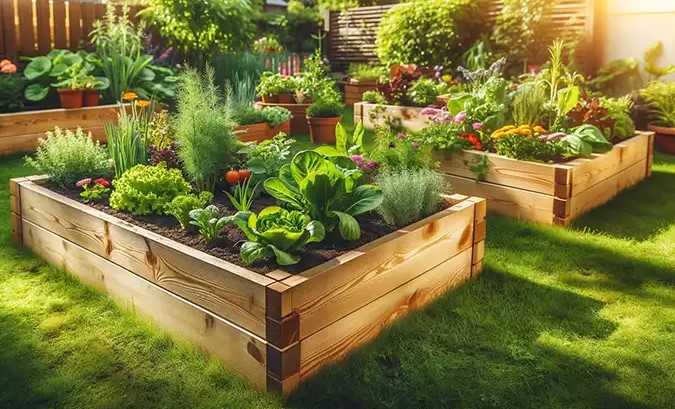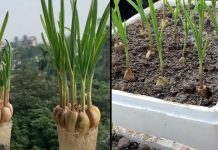Creating a raised garden bed is a rewarding gardening project that can yield plentiful harvests and beautify your outdoor space. Here’s a detailed guide on how to plant a raised garden bed, incorporating best practices and expert advice:
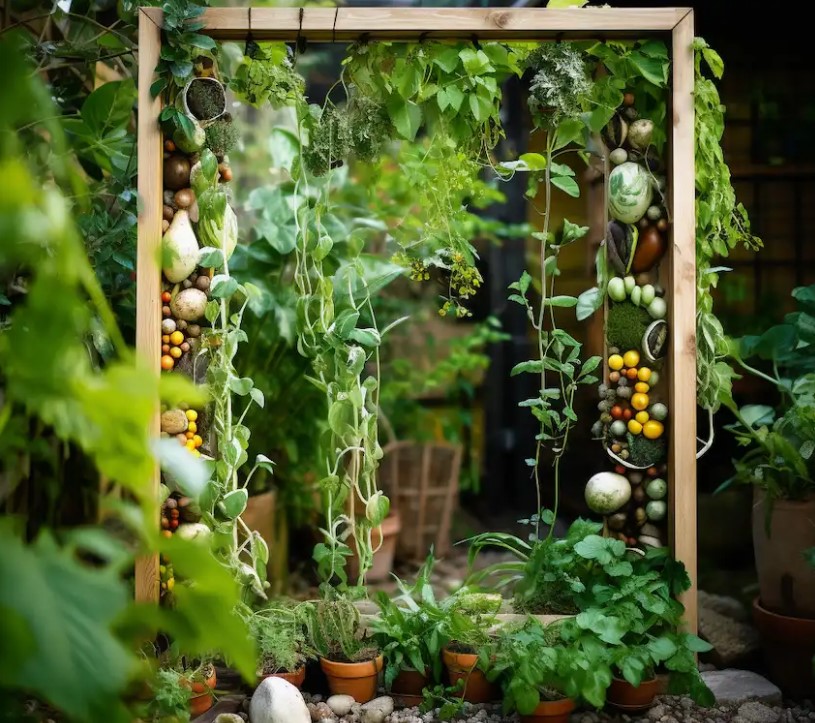
1. Choosing and Preparing the Location:
Select a spot that receives at least six hours of direct sunlight daily.
Ensure the site is level and well-draining to avoid waterlogged soil.
Avoid placing the bed near large trees to prevent shading and root competition.
2. Selecting Materials for the Raised Bed:
Avoid using materials like railroad ties, tires, and certain pallets that may leach harmful chemicals into the soil.
Newer pallets marked with “HT” (heat-treated) are safe for use.
Consider purchasing a raised bed kit if you’re not comfortable building from scratch.
3. Building the Raised Bed:
Common dimensions for raised beds are 4 feet wide by 8 or 12 feet long, and 12 to 18 inches deep.
A 4-foot width is ideal as it allows easy access to the center of the bed without stepping on the soil.
For beds over concrete, aim for a minimum depth of 12 inches, preferably 18 inches.
4. Filling the Raised Bed:
Use a mix of topsoil, compost, and other organic matter to fill the bed.
Ensure the soil is loose and well-aerated to promote healthy root growth.
5. Planning What to Plant:
Raised beds are suitable for a wide range of vegetables, flowers, and herbs.
Root vegetables like carrots and radishes thrive in raised beds at least 12 inches deep.
Tomatoes, green beans, peppers, cucumbers, Brussels sprouts, and leafy greens are also great choices for raised beds.
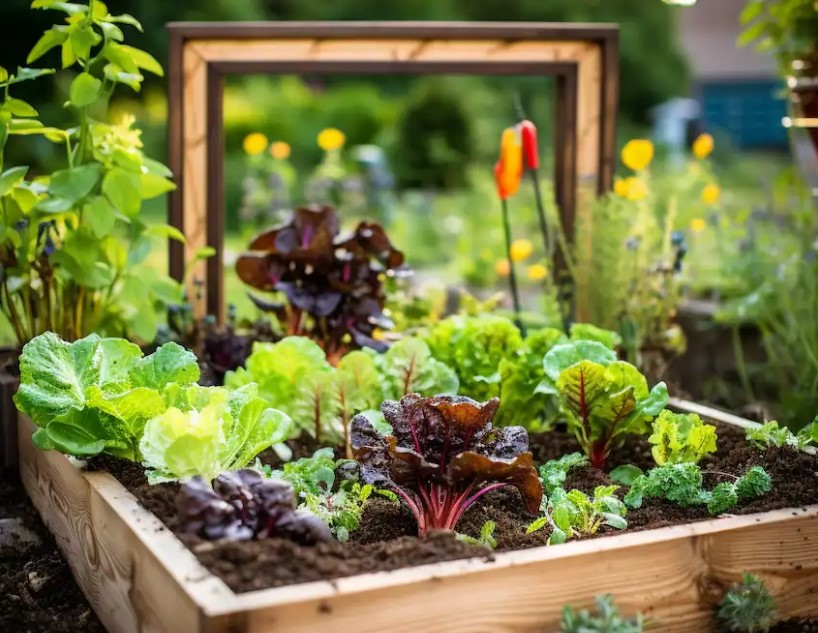
6. Planting and Maintenance:
Begin planting in early spring with cool-weather crops as soon as the soil is workable.
Follow the same planting timelines as in-ground gardening, adjusting for frost dates in your region.
Utilize intensive planting and vertical supports for maximizing yields.
Regularly check for weeds, pests, and soil moisture.
7. Ongoing Care and Harvesting:
Monitor soil moisture and water as needed; deeper beds may require less frequent watering.
Harvest your crops at peak ripeness for the best flavor and yield.
8. Advantages of Raised Bed Gardening:
Extended growing season due to faster warming and draining soil.
Better soil control and less compaction.
Easier access and maintenance, especially for elevated beds.
Potential for higher productivity and healthier plants.
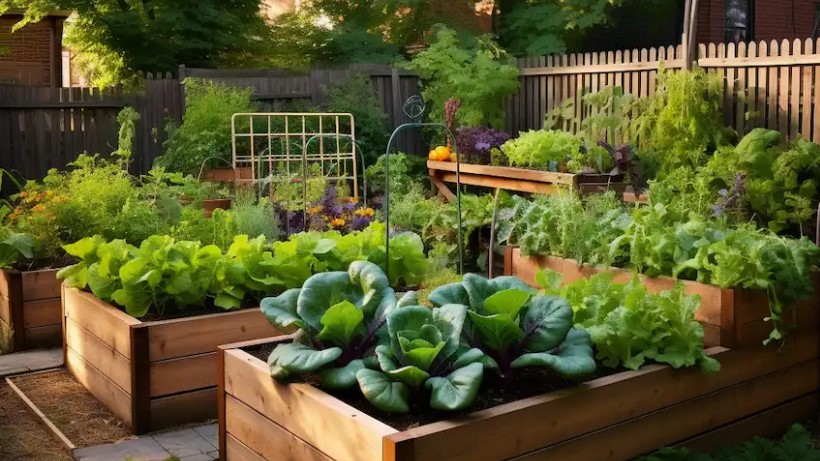
Raised bed gardening is adaptable, allowing you to grow a variety of plants in diverse conditions, from heavy clay soils to urban spaces. Whether you’re a seasoned gardener or a beginner, raised beds offer a structured, efficient, and aesthetically pleasing way to cultivate a thriving garden.


